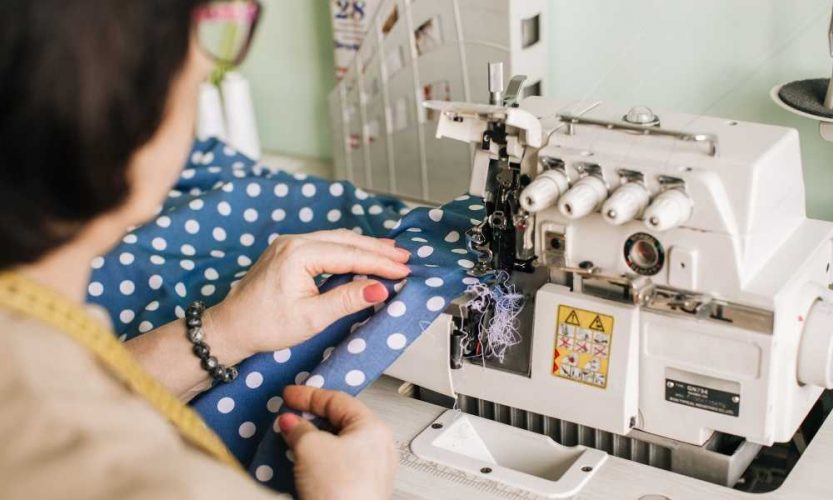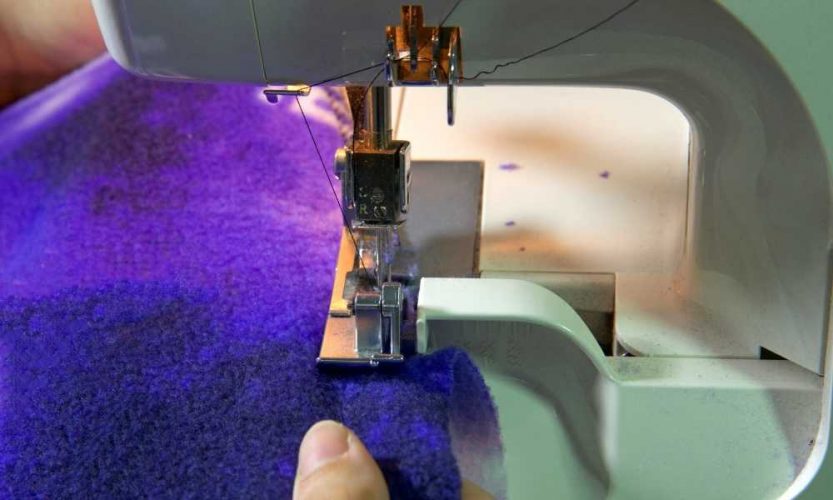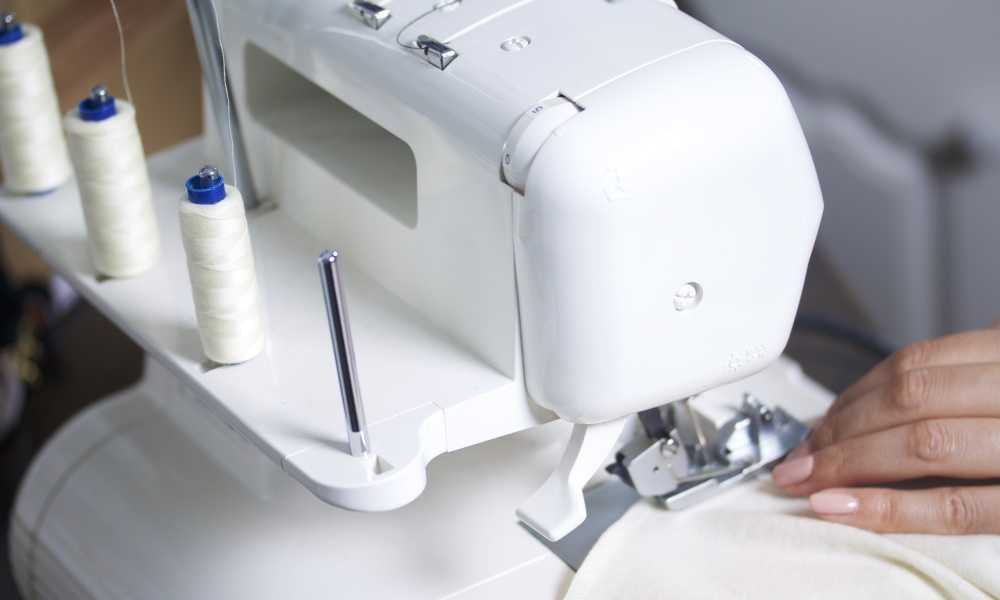What is a Serger Used for in Sewing?
In recent years, sewing has made a major comeback. This could be due to several different factors. First of all, some people are tired of paying such high prices for clothes at the store. Second, some people like the feeling of satisfaction they get from creating something beautiful and useful. Either way, more and more people are buying sewing machines and sergers.
There are many different styles of machines available and each have their own features. The serger is quite popular because it gives handmade clothing a more professional look. Below, we’ll explain what a serger is and what it is used for.
What Does a Serger Do?
Take a store-bought item and a handmade item and turn them both inside out, taking a look at the seams. This will show you what a serger can do. The serger sews the seam allowance/edge of the fabric together as well as overcasts the edge. In addition, it trims the extra fabric, to give a cleaner look.

The serger is such a popular machine because it does several things at one time, providing your project with a finished, professional look. This makes sewing so much more fun. When other people see something you made with your serger, they’ll think it was made by a professional.
There are several different types of sergers:
- 2-4 thread
- 3-4 thread
- 5-thread
Some of the advantages of extra threads are as follows:
- Wider seams
- More stretch in fabric
- More strength/durability in the finished project
You will have a much easier time working with knits and stretchy materials with a serger than you would if you were using a regular sewing machine.
In the 2-4 thread machines, two threads are on the overcast stitch while the other two are on the straight stitch. You’ll get a wider and stronger seam with the 3-4 thread model because the fabric edges are rolled to the underside where the bottom thread catches them. On the 5-thread model, there are two threads on the straight stitch and three on the overcast stitch.
A serger machine is capable of several different types of stitches, such as the following.
- Cover stitch
- Flat lock
- Rolled hem
- Chain stitch
- Decorative stitches
You will end up with the same look that you’d get when you use a double needle on your regular sewing machine, but you’ll get more stretch and durability by using a serger.
A serger provides your project with a finished edge and seam and also allows you to embellish your project with decorative threads by using the chain or cover stitch features. In addition, you will not have as much rippling or puckering on fabrics that are challenging to sew with a regular sewing machine. You will also find that a serger works great with sheer and lightweight fabrics. It beautifully gathers fabric and makes it so much easier to work with elastic and trim.

Since you’re using so many threads, a serger shortens your sewing time because it’s cutting, sewing, and overcasting all at the same time. If you were using a regular sewing machine, these would all be separate steps.
What is the Difference Between a Serger and Regular Sewing Machine?
While it’s true that a regular sewing machine does a wonderful job sewing, it simply does not have the features that come on a serger which provide your project with the professional finish you seek. However, even though a serger has so many great features, you are still going to need a regular sewing machine for things such as:
- Sewing buttonholes
- Top stitching
- Sewing facing
- Embroidery
- Sewing in reverse
- Sewing zippers
Of course, it’s possible to sew a project completely on a serger, but you must keep in mind that a serger is not a replacement for a sewing machine. Most seamstresses will have both and use their regular sewing machine for basic sewing and their serger for other sewing and overcasting. Still, the serger does provide you with the finished seams (and a professional look) on your handmade projects.
As you can see, a serger has a lot of different uses and is a great investment, especially if you do a lot of sewing. On the other hand, if you don’t do much sewing, you might be perfectly fine with just your regular sewing machine. Either way, it’s something you might want to think about.

